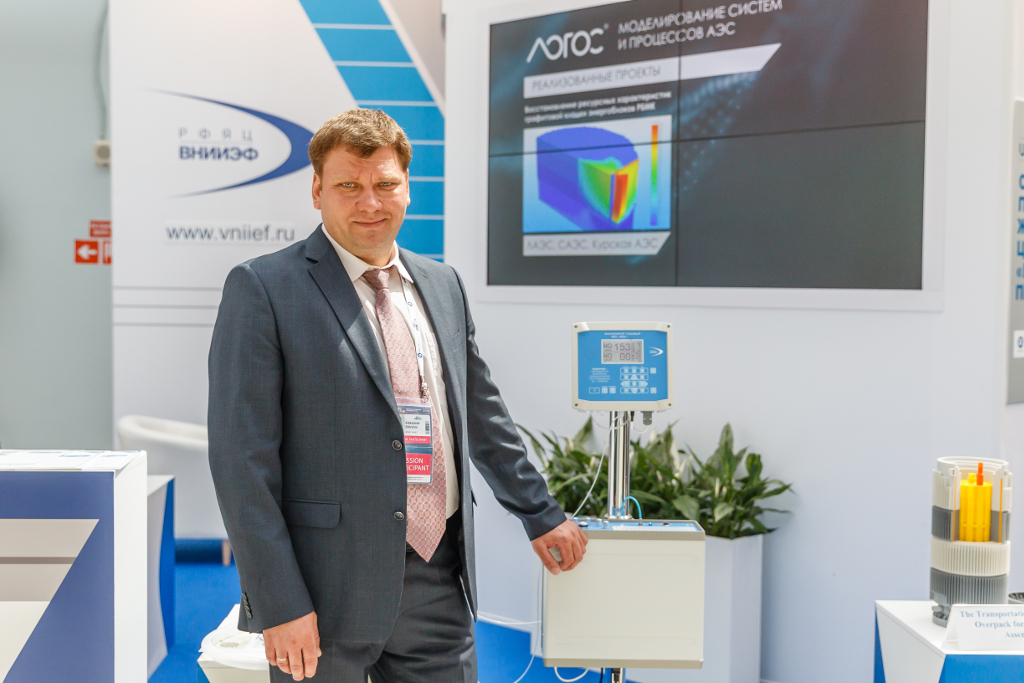
Breathing for Life
back to contentsThe device allows for performing nitric oxide (NO) inhalation therapy to treat pulmonary hypertension, which may occur as a surgery complication or result from underdevelopment of the lungs in premature infants. The unparalleled technology was developed by the nuclear engineers at the Russian Federal Nuclear Center. The institution has already reserved the rights to sell the device.
At present, nitric oxide for NO-therapy is purchased in pressure vessels, which are placed beside surgical beds. The gas is costly and has an average shelf life of two months, after which it becomes poisonous. Tianox can produce NO immediately next to the patient. The key element of the device is a generator housing a discharge chamber to synthesize nitric oxide, which dilates blood vessels, from the surrounding air. The gas is measured out and fed into a patient’s lungs through a flexible hose.
The doctor can use a switch to adjust the dosage to specific treatment methods. Before the gas hits the breathing mask, it is sampled and analyzed by the system. During the procedure, Tianox automatically measures the concentration, blows the measuring duct and even cleans itself. If anything goes wrong, the device shuts off.
The mass introduction of Tianox will help save a lot of lives as it will be of great use at cardiac surgery centers, in anesthesiology, resuscitation and intensive care departments, and perinatal centers. Alexander Chuchalin, one of Russia’s leading pulmonologists, believes that the use of Tianox in medical practice will increase the average lifespan of Russians by two and a half years.
The Russian Federal Nuclear Center has already carried out laboratory tests on the device and prepared the technical documents. Tianox has also been under trial at the Russian National Institute for Research, Development and Testing of Medical Equipment of the Federal Agency for Surveillance in Healthcare (Roszdravnadzor). “Our device has successfully undergone electromagnetic compatibility tests and proved itself compliant with GOST (Russia and CIS technical standards) safety and effectiveness standards for medicine,” said Alexander Shirshin, Senior Researcher at the Russian Federal Nuclear Center and a member of Tianox developer team. “At the moment, we are filing an application to Roszdravnadzor (Russian regulatory body for medicine) to register the device as medical product.”
Once the relevant certificate is issued, the nuclear center will introduce its product to the market. The sales of Tianox are most likely to begin at the year end or early next year.




